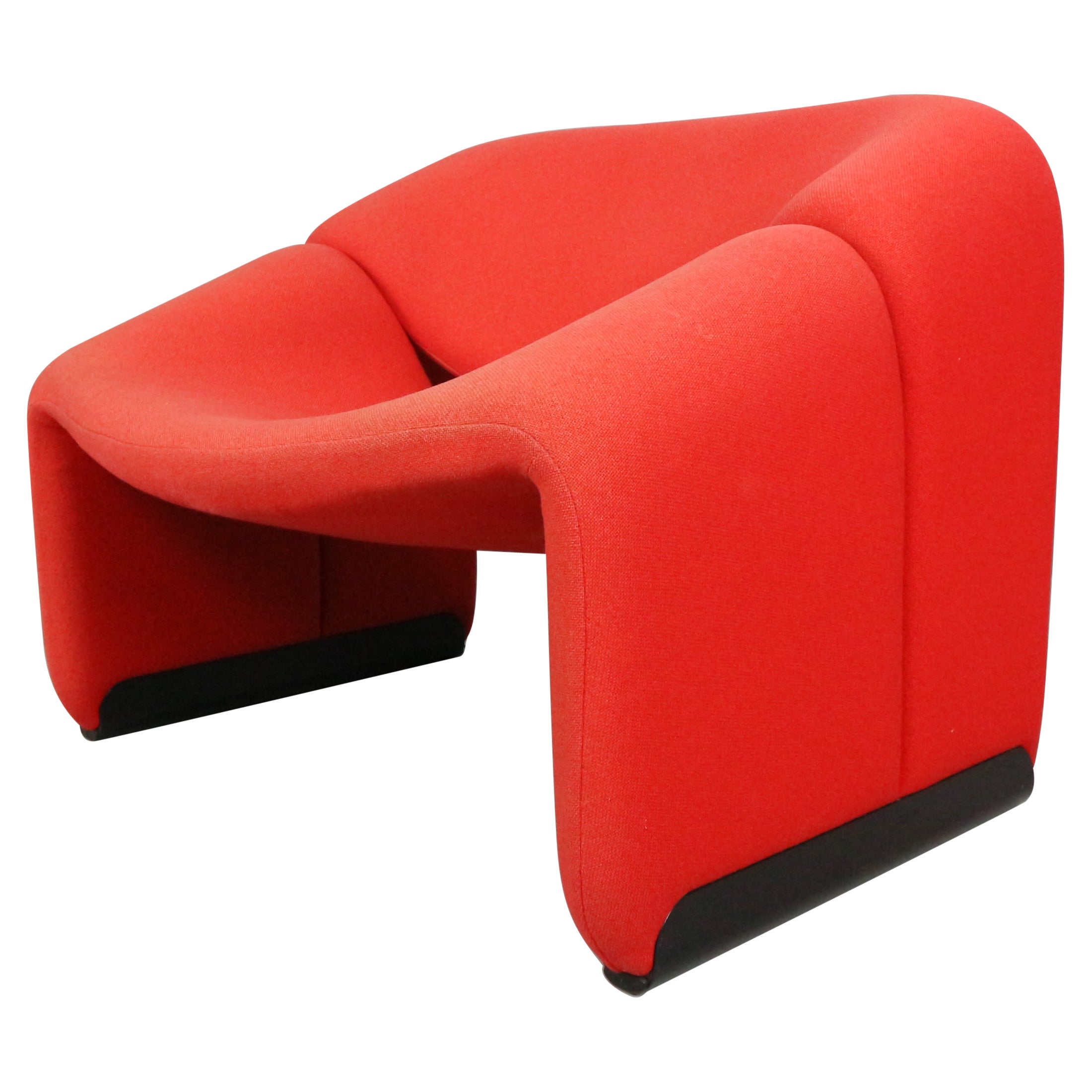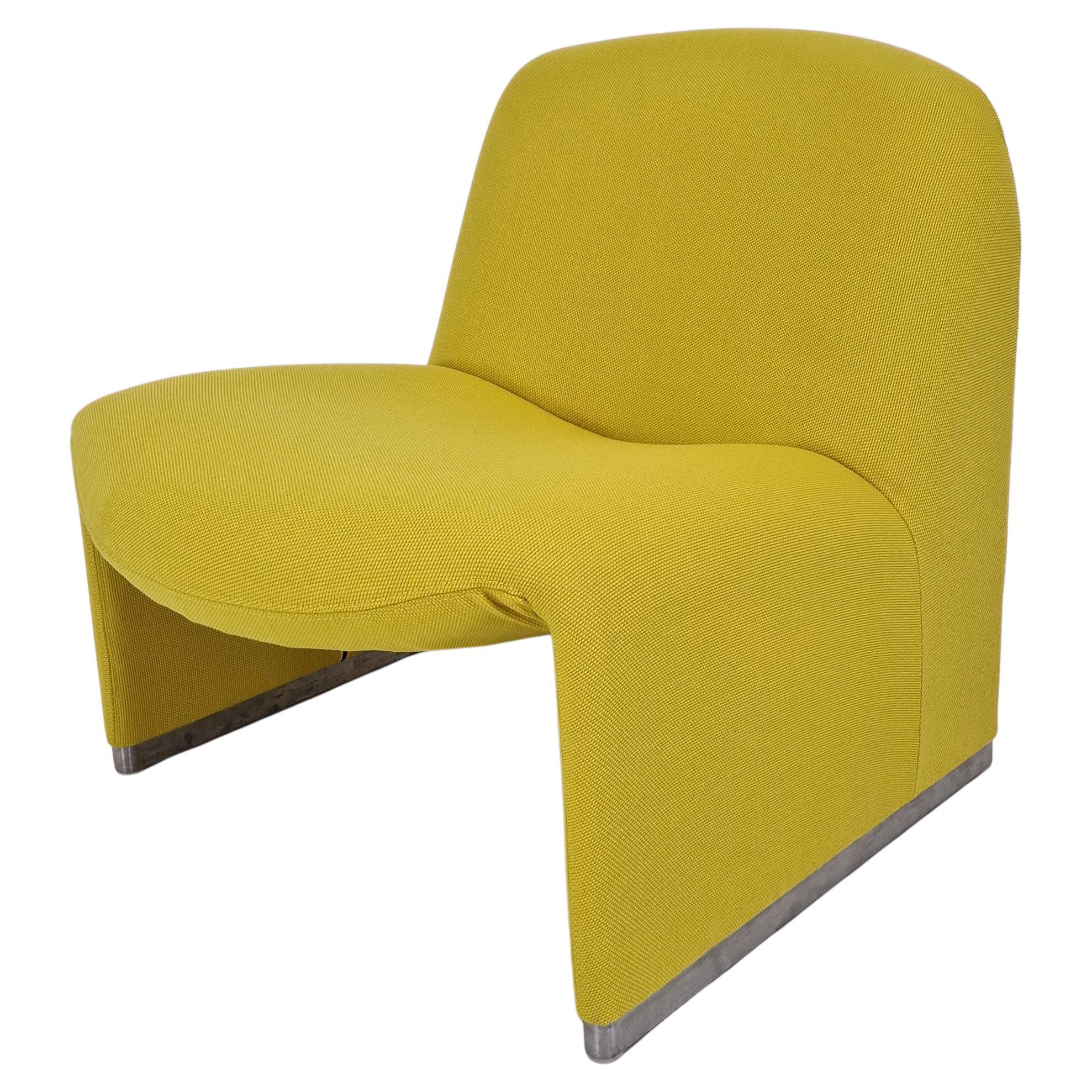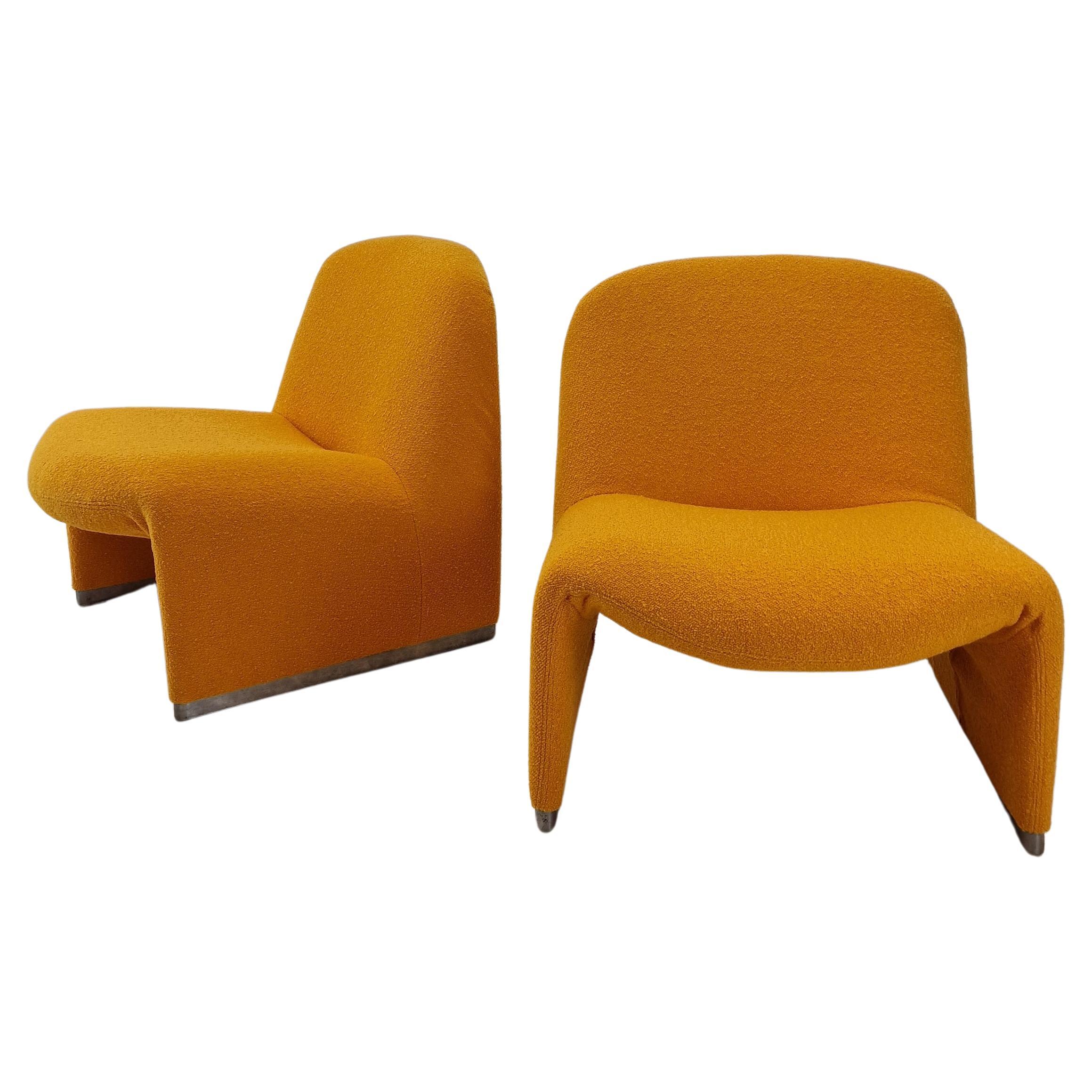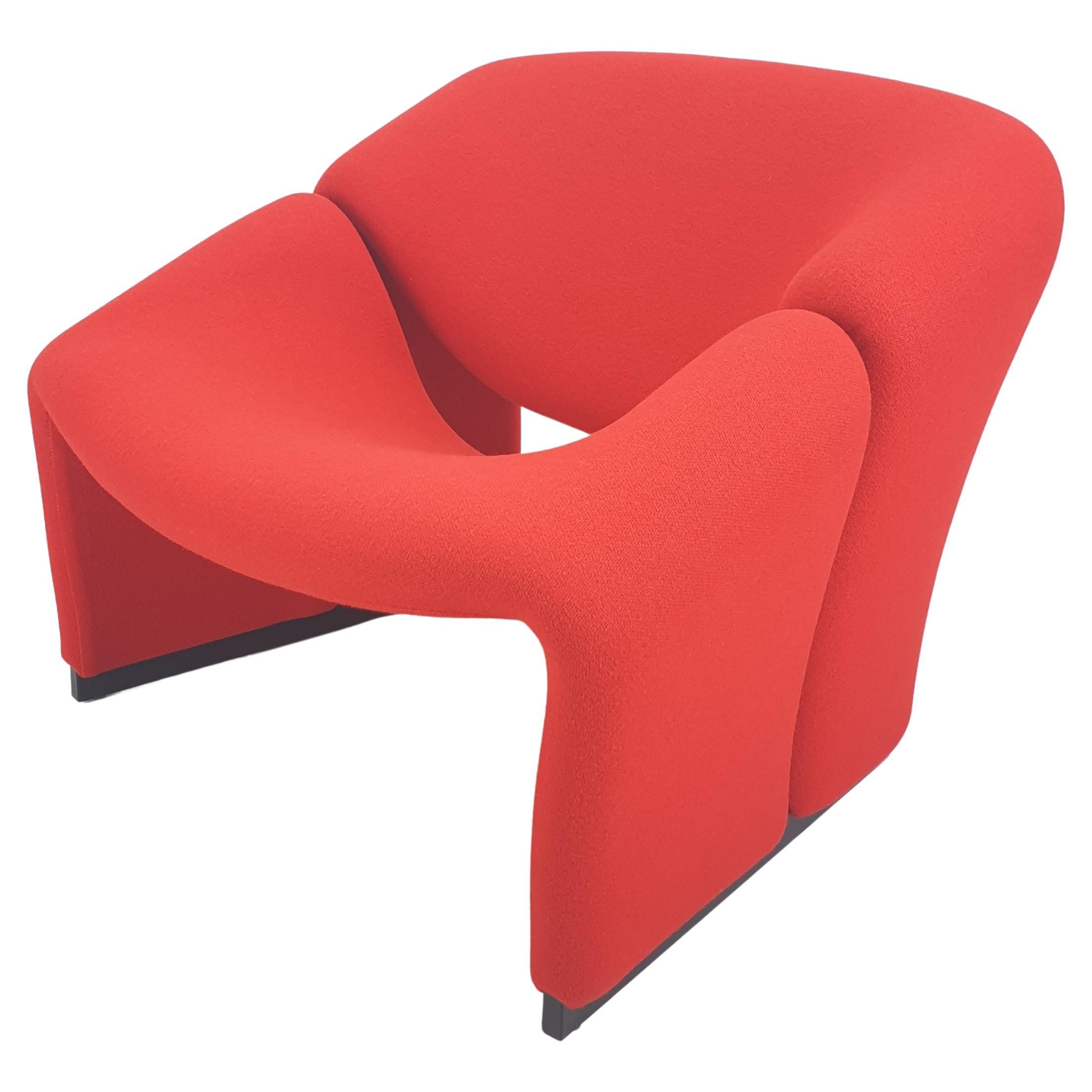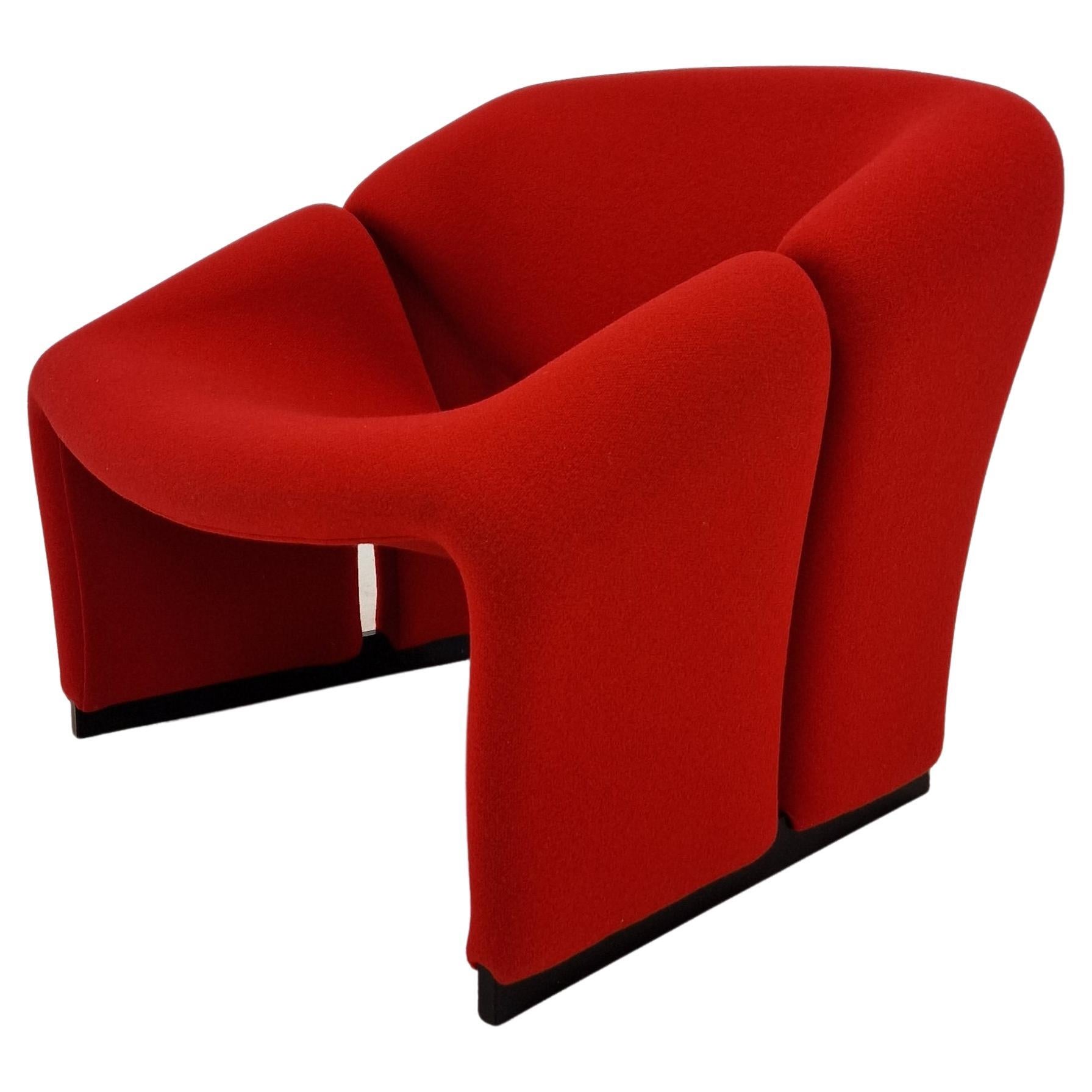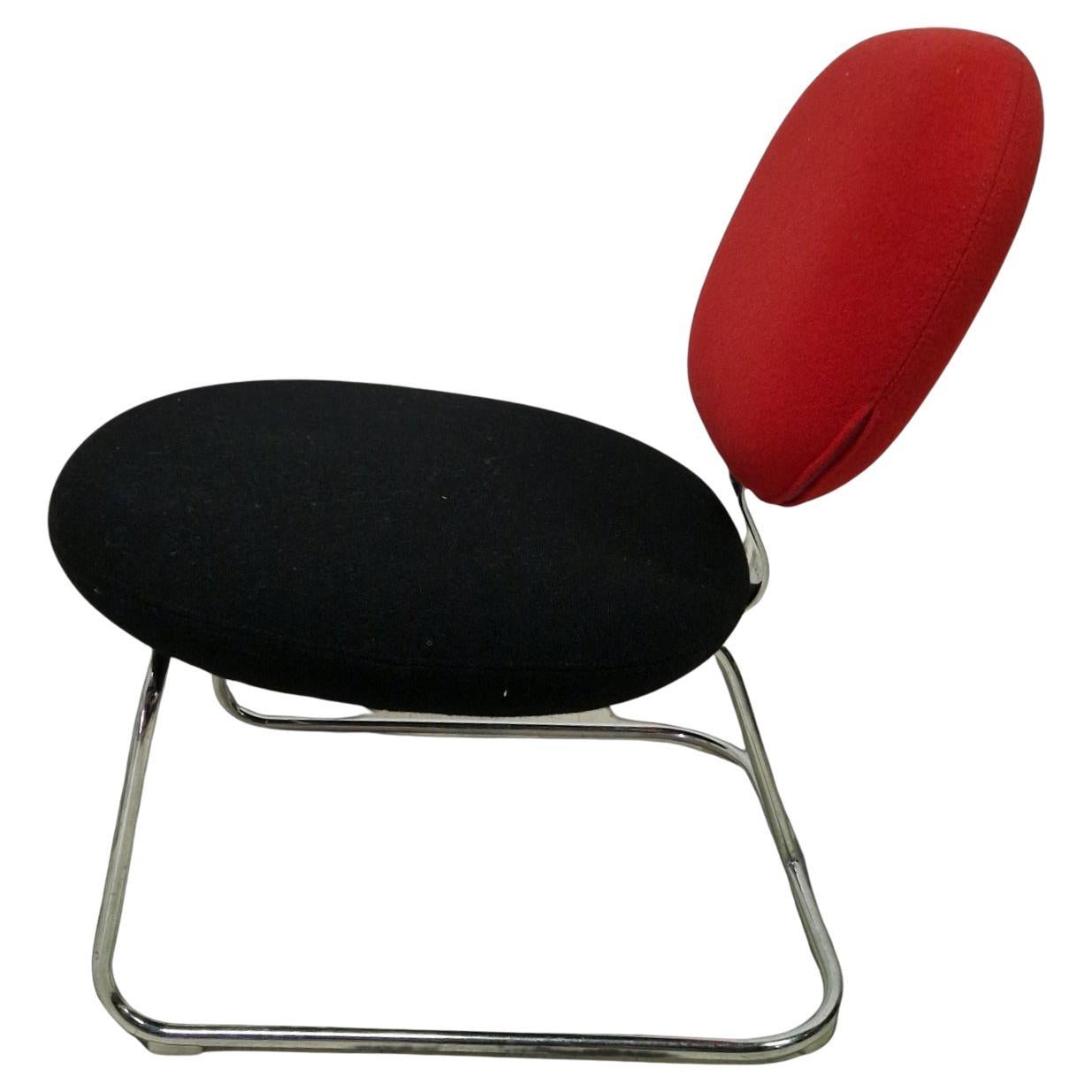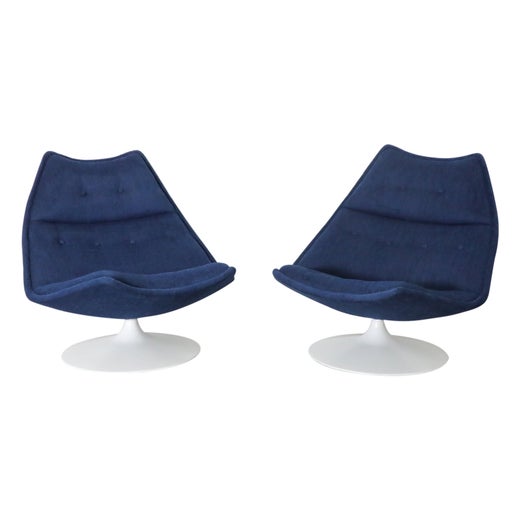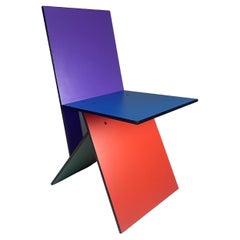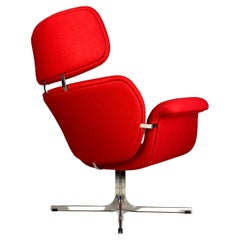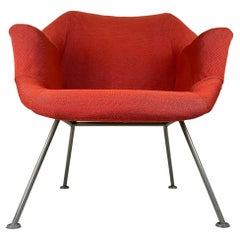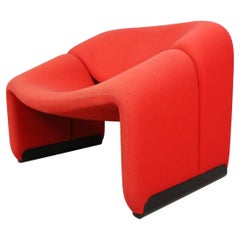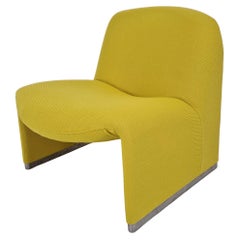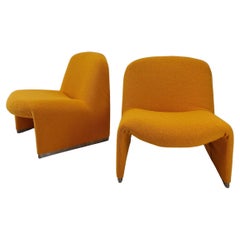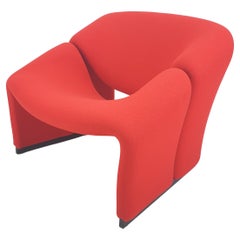Artifort/ ‘t Spectrum SZ10 ’M-Chair’ by Ebbing, Haas & Schudel, 1980s
About the Item
- Creator:
- Dimensions:Height: 68 in (172.72 cm)Width: 64 in (162.56 cm)Depth: 95 in (241.3 cm)Seat Height: 36 in (91.44 cm)
- Style:Modern (Of the Period)
- Materials and Techniques:
- Place of Origin:
- Period:1980-1989
- Date of Manufacture:1980s
- Condition:Wear consistent with age and use.
- Seller Location:CULEMBORG, NL
- Reference Number:Seller: Artifort SZ101stDibs: LU6829228774242
't Spectrum
Dutch furniture company ‘t Spectrum — later Spectrum — was established in 1941 with a run of pieces that were spare and outwardly industrial in appearance. Its early armchairs and dining chairs were often framed in tubular metal, and boast clearly defined lines and minimal curves. The vintage ‘t Spectrum seating in the decades that followed, which was designed by the likes of Gerrit Rietveld and Wim van Gelderen, is characterized by the angular forms and Pop art-hued colors that we associate with the best of mid-century modernism.
‘t Spectrum emerged in 1941 as an offshoot of the Dutch fabric manufacturer De Ploeg. When a shortage of textiles and other materials took shape owing to the demands of the Second World War, De Ploeg director Piet Blijenburg changed gears, and sought to broaden the manufacturer’s offerings as well as prevent the company's employees from being forced into work for occupying military forces.
‘t Spectrum was a brand devoted to furniture and interiors — as well as goods and decor for the home such as coat racks, napkin rings and beds. Legendary modernist furniture designer Gerrit Rietveld — an integral part of the Dutch art and design movement of the early 20th century called De Stijl — was brought on in a supervisory role in its early days, and designer Martin Visser was installed to oversee the production of furniture.
The end of the war brought a greater availability of metals and other materials to ‘t Spectrum, which became more focused on creating affordable furniture for the era’s new homeowners. A new factory designed by Rietveld was built in Bergeijk in 1957. During the late 1960s, ‘t Spectrum offered a richer range of furnishings, incorporating alluring hardwoods and leathers as part of sophisticated lines of seating and other pieces designed in the mid-century modern style. Visser recruited the likes of Friso Kramer, Benno Premsela, Constant Nieuwenhuys and others to design for ‘t Spectrum over the years.
With competition for cheaper furniture on the rise in the 1970s, ‘t Spectrum liquidated in 1974. A group of employees acquired the designs and continued the company under the name of Arspect. The firm produced ‘t Spectrum designs and works from other designers.
Arspect closed its doors in 1986. A former employee bought the company and renewed it with the name Spectrum. Today, Spectrum operates in Eindhoven in the Netherlands, creating contemporary designs alongside pieces dating back to the look and feel of the products offered by the original manufacturer. The company is also reproducing original designs created by Visser and Rietveld.
On 1stDibs, browse a selection of vintage ‘t Spectrum seating, tables, storage pieces and more.
Artifort
The sterling reputation that Artifort enjoys isn’t limited to the innovative upholstery and fluid, organic shapes for which its products are widely known — the legendary Dutch brand’s vintage seating and other furniture is also celebrated for its embodiment of functionality, comfort and quality. These are among the principles that underpin the philosophy toward modern furniture design at Artifort, which has been at the crossroads of furniture and art for over 125 years.
Prior to 1928, the year Artifort officially became a brand, Jules Wagemans had a small upholstery business in Maastricht, the Netherlands. After setting up in 1890, his son, Henricus Wagemans, broadened the scope of the company to include furniture production. By the end of the 1920s, their showroom in Amsterdam had made them a recognizable brand across the Netherlands.
Then named H. Wagemans & Van Tuien, the company changed its name to Artifort after the economic recession. Artifort came from two Latin words meaning “art” and “strong” — a perfect description for the style of each design and the manufacturer’s intention to create sturdy furnishings. Artifort’s reputation for durable armchairs and sofas endures, and vintage editions of this seating are now family heirlooms in many homes.
Artifort became a magnet for high-profile and up-and-coming designers alike. Many furniture designers’ careers began thanks to collaborations with Artifort, such as Dutch industrial and jewelry designer Gijs Bakker and Indonesian-born designer Kho Liang Ie. Also known for designing the interiors at Amsterdam’s Schiphol Airport, Kho Liang Ie was an aesthetic consultant at Artifort and used his expertise to turn the company into a world-class brand. Perhaps his largest contribution, however, was attracting the talents of French furniture and interior designer Pierre Paulin and English furniture designer Geoffrey D. Harcourt.
Paulin’s bright and colorful lounge chairs, such as his Orange Slice chair and Mushroom chair, are still central to the Artifort identity. The revered designer not only introduced new construction techniques to Artifort furniture, but contributed fresh materials, Pop art colors and dazzling shapes to the mid-century modern era as a whole, while Harcourt deserves credit for popularizing Artifort internationally and extending their reach into foreign markets.
Another talent boom in the 1990s at Artifort yielded collaborations with Jasper Morrison, Wolfgang Mezger and René Holten. Iranian designer Khodi Feiz was named art director in 2014 and has continued the tradition of recruiting top designers such as Claesson Koivisto Rune, Ilse Crawford and Luca Nichetto.
Find a collection of vintage Artifort lounge chairs, tables and more on 1stDibs.
- ShippingRetrieving quote...Shipping from: CULEMBORG, Netherlands
- Return Policy
More From This Seller
View All1990s Swedish Post-Modern Chairs
Wood
Vintage 1970s Dutch Space Age Armchairs
Steel
Vintage 1960s Dutch Space Age Lounge Chairs
Chrome
Vintage 1950s Dutch Mid-Century Modern Armchairs
Steel
1990s Italian Post-Modern Lounge Chairs
Aluminum
Vintage 1980s Danish Post-Modern Armchairs
Stainless Steel
You May Also Like
Vintage 1970s Dutch Mid-Century Modern Lounge Chairs
Metal
Vintage 1980s Dutch Mid-Century Modern Armchairs
Aluminum
Vintage 1970s Dutch Mid-Century Modern Armchairs
Aluminum
Vintage 1960s Dutch Mid-Century Modern Armchairs
Metal
Vintage 1960s Dutch Mid-Century Modern Armchairs
Metal
Late 20th Century Dutch Post-Modern Lounge Chairs
Metal, Chrome
